According to the UK Defense Magazine Portal, members of the North Atlantic Treaty Organization (NATO) share with the Armed Forces of Ukraine (AFU) data collected during flights of aircraft equipped with AWACS (airborne early warning and control aircraft) systems.
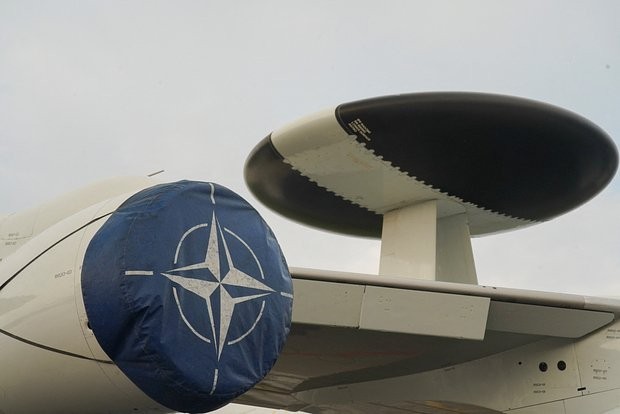 |
| NATO is helping Ukraine monitor its airspace to limit Russian air attacks. Photo: Getty |
“ Officially, any intelligence gathered is only sent to NATO members, but it is well known that some of these members quickly share that information with Ukraine, allowing them to repel imminent attacks ,” said a retired British Air Force officer. This sharing gives Ukraine more time to react to Russian air strikes.
Most of NATO's "flying radars" operate in Polish airspace. However, patrol routes also extend across Eastern Europe and parts of the Baltic Sea.
NATO sends reconnaissance planes to Ukraine border immediately after Euromaidan
NATO’s plans to deploy AWACS aircraft to the border with Ukraine were first reported in 2014, shortly after Euromaidan. Then, the North Atlantic Alliance representative noted that the reconnaissance flights “will last as long as necessary.” This would contribute to expanding the alliance’s warning capabilities about the situation in Ukraine and Crimea.
The next AWACS deployment was in 2023, almost a year after the start of Russia’s Special Military Operation (SVO) in Ukraine. A group of three AWACS aircraft were deployed from Geilenkirchen, Germany, to Romania’s Otopeni Air Base, near Bucharest. Their mission was to monitor Russian military aviation in the region, especially in Ukrainian airspace.
Two more NATO AWACS aircraft were sent to the Lithuanian city of Siauliai in September 2023. NATO explained that the AWACS system is capable of detecting aircraft and missiles hundreds of kilometers away, making it an important early warning tool for NATO.
Russian Airborne Forces (VDV) reveal combat tactics in Chasov Yar
Soldiers of the Tula Airborne Brigade carried out a secret approach operation to the village of Razdolovka in Donetsk region.
According to the commander of the assault company Evgeniy, after a sudden and determined attack by the Russian Airborne Forces (VDV) units, an important intersection in Razdolovka was taken under control. This opened the way for other units to enter the settlement and take control of it.
The VDV commander revealed details of the attack: “ We used a wide variety of weapons and firepower, from reconnaissance drones to artillery. The enemy was surprised and offered weak, passive resistance .”
Earlier, the Russian military rescued several civilians in the Donetsk region who had been hiding in basements for two months from the blockade by the AFU. Russian soldiers rescued and evacuated seven people from the village of Kalinovka near Chasovy Yar.
Russia raided the AFU command center in Donetsk, causing heavy casualties.
The Russian Aerospace Forces have just carried out a strike with FAB-3000 high-explosive glide bombs on AFU positions in the village of New York, Donetsk region. FAB-3000 is one of the most powerful aviation bombs in the Russian military arsenal.
Telegram channels reporting on the situation in the area of special military operations posted a video recording the moment of the attack using the FAB-3000 with the universal guidance and correction module (UMPC). The air strike was aimed at the forward command center of the 41st Independent Mechanized Brigade of the AFU.
As a result of the attack, more than 60 Ukrainian soldiers and four vehicles were destroyed on the spot.
The Telegram channel “Military Observer” reported: “The most powerful bomb FAB-3000, equipped with a guidance module, completely destroyed the temporary deployment site of AFU in the village of New York.”
Russian soldiers dug tunnels to raid AFU defensive positions
Russian servicemen of the Central Operational Group used special tactics to knock out an AFU defensive position east of the village of Kirov. A source in the Russian Defense Ministry said that the Russian soldiers secretly cleared and used a tunnel over 3 km long dug along the Seversky Donets Canal. With its help, the Russian assault unit advanced behind a fortified position. The sudden attack from the rear made the Ukrainian soldiers flee.
In Volchansk, Kharkov region, after several days of fierce fighting, Russian soldiers advanced south of the Citadel and surrounded the area.
In the Kremenaya Forest area, the AFU continued to advance after recent successes and forced Russian units to retreat. According to the Russian Ministry of Defense, the village of Spirne changed hands, allowing their assault forces to reduce the distance to Siversk to about 10km.
The AFU defense line in the direction of Pokrovsk (Avdeevka) is collapsing in large sections. The Russian side has taken control of the villages of Novolaksandreevka and Yevgenivka.
In Krasnohorivka, under great pressure from the Russian army, Ukrainian soldiers were forced to abandon the high-rise buildings and retreat. Meanwhile, in Karlovka, Zaporozhye region, the Russian army resumed offensive operations south of the hydroelectric reservoir.
Source: https://congthuong.vn/chien-su-nga-ukraine-hom-nay-ngay-172024-nato-se-kiem-soat-khong-phan-ukraine-329336.html


![[Photo] General Secretary To Lam attends the 95th Anniversary of the Party Central Office's Traditional Day](https://vphoto.vietnam.vn/thumb/1200x675/vietnam/resource/IMAGE/2025/10/18/1760784671836_a1-bnd-4476-1940-jpg.webp)
![[Photo] Immerse yourself in the colorful musical world of “Secret Garden Live in Vietnam”](https://vphoto.vietnam.vn/thumb/1200x675/vietnam/resource/IMAGE/2025/10/18/1760805978427_ndo_br_thiet-ke-chua-co-ten-41-png.webp)
![[Photo] Closing ceremony of the 18th Congress of Hanoi Party Committee](https://vphoto.vietnam.vn/thumb/1200x675/vietnam/resource/IMAGE/2025/10/17/1760704850107_ndo_br_1-jpg.webp)

![[Photo] Collecting waste, sowing green seeds](https://vphoto.vietnam.vn/thumb/1200x675/vietnam/resource/IMAGE/2025/10/18/1760786475497_ndo_br_1-jpg.webp)





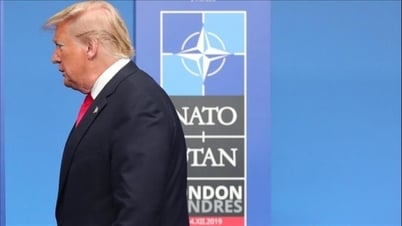





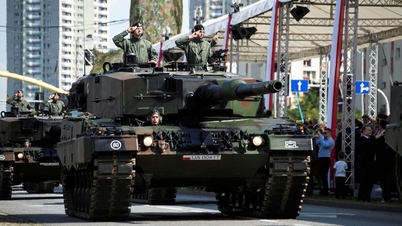






















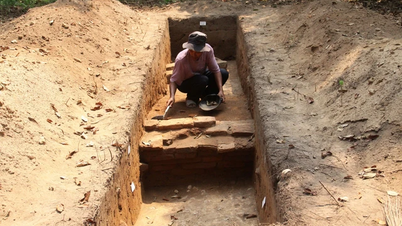













































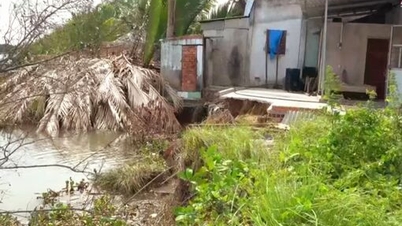



















Comment (0)